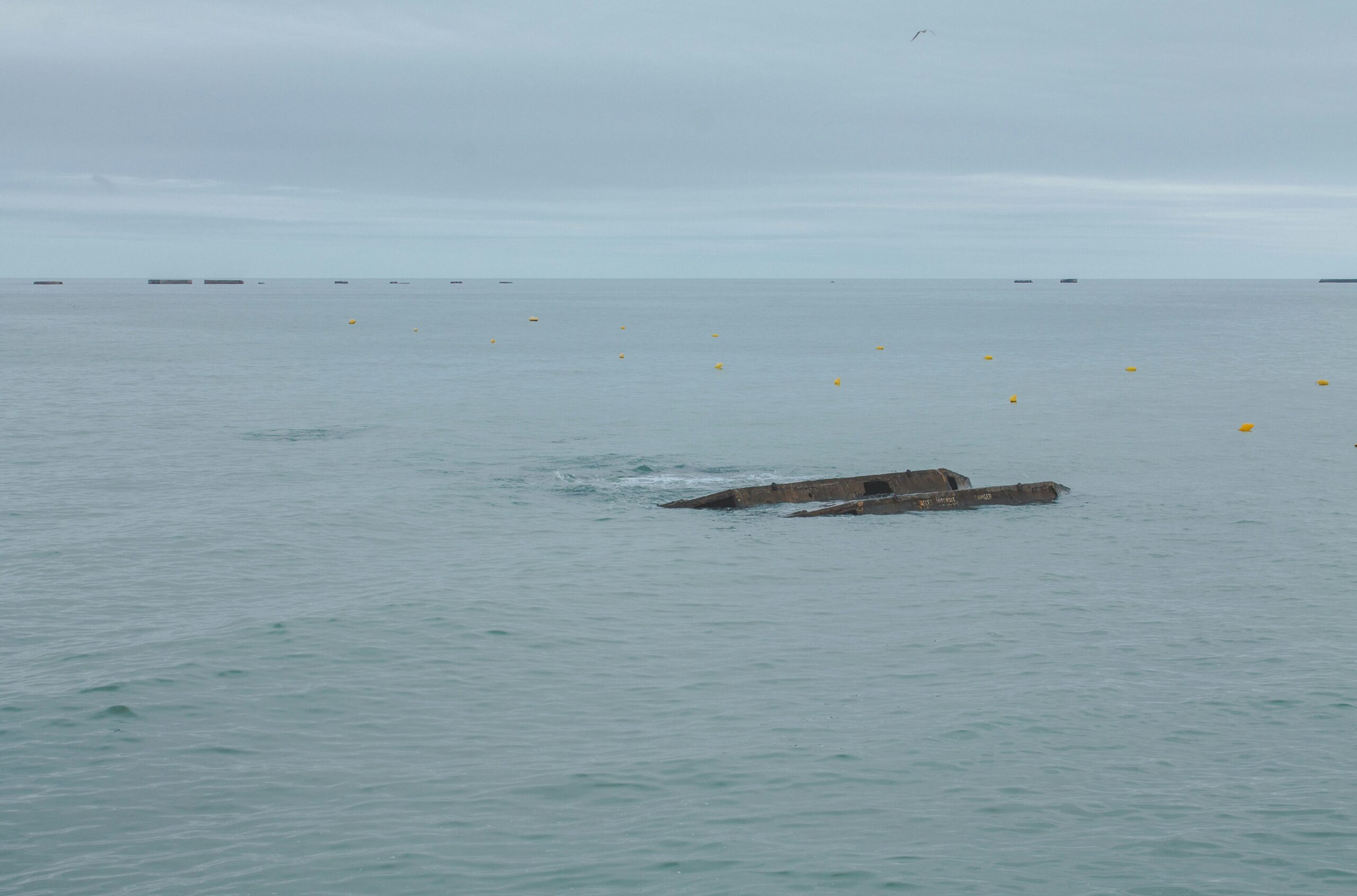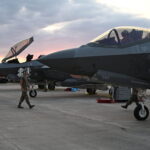Talks wrapped in late 2022 after months of drafts, phone briefings, and hull mock-ups. Naval Sea Systems Command, shipbuilders, and outside scientists ran the rule over rival bids. Contract money now covers design finish-out, first production lots, plus spares and training kits. Managers want drawings frozen fast so fab work can roll without back-tracking.
Why the Navy Picked Vertical Arrays
Four years back, planners saw data showing foreign subs masking prop noise behind ocean layers. Existing cylindrical sets sometimes lose them mid-track. Command asked prime contractors for a cleaner fix. Several papers came in, yet vertical panels stood out. Stacked sensors hear sound from top to keel in one shot, cutting blind arcs. The budget also bags margin for quick tech refresh down the road.
Senior flag officers okayed the blueprint mid-2022. They liked the build room left for bolt-on extras and the open-system code. Crews can slot in fresh boards or swap transducers without ripping steel. That nod let the project sprint toward signature, creating an effective step toward Virginia-Class Block VI Submarine Prep with significant future improvements..
Core Traits of the New Arrays
Engineers shaped each panel to hush its own hum and catch faint echoes. Key sparks include:
- High-frequency pickup — spots tiny hulls and distant drones that squeak in upper bands.
- Real-time crunch — each channel feeds edge processors; math runs in milliseconds.
- Plug-and-play links — ties straight into combat control, mast sensors, and quieting loops.
- Lean upkeep — fewer moving seals mean longer gaps between dock checks.
Design teams say acoustic output sits under enviromental rules. Whale-impact tests drew mild notes but cleared federal limits.
What the Fleet Gains
Range widens. Boats can stalk targets sooner and set up firing lines with more room. All-around coverage trims dead zones, so watch teams miss less chatter. Fast sort routines shave minutes when threat pops. That matters in choke points where seconds can tip the mission.
Electric-drive subs abroad run near-silent at low load. The U.S. answer is stronger ears backed by smart filters. Code inside the new frames learns ocean clutter patterns and dumps junk pulses before they hit the ops console.
Industry Team and Split Work
General Dynamics leads build, yet taps dozens of niche shops. One group prints ceramic stacks, another casts polymer baffles. Small firms in Ohio and Arizona wire high-gain amps. A few offshore partners may ship rare earth magnets. Keeping the lot under one lead gives the Navy a single throat to choke if time-lines slip. This approach aligns with the Pentagon’s broader strategy to modernize the Navy’s supply chain.
Options baked into the deal let buyers order extra panels later. If Congress frees cash, output can scale with modest tool changes, not full re-tool.
A Step Away From Old Shapes
Vertical layout drops the classic hull-ring tower. Sensors line up on slim plates that hug inner framing. Layout helps in shallow gulfs; echoes bounce weird there, and the tall stack reads layer shifts clearer. Mixed transducer types span low boom to high ping without swap-outs.
Future swaps stay simple. Bolted modules slide out, fresh tech slides in. Software rests on open Linux-based kernels, so coders patch features while the boat sails. That policy meshes with wider Navy push for up-gradable platforms.
Trial Runs Proved the Math
Prototype boards rode legacy subs off both U.S. coasts. Crews logged data in ice-cold North Atlantic and warm Gulf loops. No glaring fault popped up. One cable harness cracked in early tow tests, engineers reinforced the lug, then trials went on. Sea Systems Command logged milestones on time, giving green light for serial build.
Ripple Effects for U.S. Industry
An $882 M pot keeps high-skill jobs humming. Acoustic modelers, FPGA coders, polymer chemists—all see order books stretch. Law-makers tout home-grown supply, pointing to plants in five states getting share of the spend. Cross-pollination could feed civilian sonar for ice routes or deep-sea cable map work later.
Fit-Up on New Hulls
Install teams will mount panels inside pressure hull frames. Position must nail tight tolerances; a half-degree tilt can skew beam-form math. Yard sketches show clamp rails that speed mating. Shorter dry-dock stays mean more patrol days. First real fit may hit a Block V Virginia-class in late 2024 or early 2025.
Voices From the Sector
General Dynamics reps claim supply chain resilience. They bank safety stock on chips, after covid shocks stung past boat programs. Wall-street watchers eye waveform clarity results. Some warn every leap faces tuning cycles, yet early plots look crisp.
Looking Downrange
Navy planners want life-of-type at 20 years, with rolling refits. Unmanned under-water vehicles may pair through shared data pipes, letting remote drones fill gaps. Tech chiefs muse about sea-floor mapping add-ons or cable guard modes, but stay mum on specifics. The $1 Billion Contract for Virginia-Class Submarines highlights the Navy’s focus on long-term sustainment and upgrades.
Cost guardrails sit tight. Incentives and hold-backs track schedule and part quality. Open ledgers try to kill surprise over-runs seen in earlier sonar revamps.
Summary
The GD win marks a clear pivot in U.S. undersea sensing. Taller, smarter ears promise longer stare and quicker ID while staying upgrade-friendly. Yard crews, coders, and line workers now face the grind of turning paper into steel, glass, and wire. Success could reset benchmarks for future subs that must shadow ever-quieter rivals.
WHAT’S NEW – March 2025
Factory lines finished the first batch this winter. Acceptance tests soaked panels in tanks, blasted tones from every angle, and logged barely any re-work. A fresh clamp kit now slices install time by two days per boat. As Raytheon wins $321 million order, the success will influence future contracts related to advanced sonar and radar systems.
Crew trainers rolled out new sims:
- Live echo library built from test runs.
- Fault-injection laps that teach sailors quick fix paths.
- Target shuffle drills where AI injects random threats on the fly.
Early sea trials linked an array to a small unmanned under-water drone. The panel cued the drone, which crept closer and pinged fine-grained tracks. Engineers say firmware update v1.2 will polish hand-off logic.
Sailor feedback flagged micro-vibe stress near bolt joints. Suppliers swapped in tougher alloy plates and dabbed viscoelastic pads. QA labs sign-off shows crack growth fell to near zero after 1,000 shock cycles.
Budget trace still holds at the original cap. No plus-ups filed. The option line stays dormant, though insiders hint next FY may unlock extra buys plus faster DSP boards.
Fleet bosses speaking at a March defense expo said two more subs will finish array fit-outs by year-end. Once online, commanders expect broader situational grip beneath contested seas. Industry analysts believe the success will tilt future sonar RFPs toward modular vertical stacks.
The program keeps moving, crew morale stays high, and the wider undersea force inches toward a sharper acoustic edge.
REFERENCE SOURCES:
- https://www.defenceconnect.com.au/naval/13523-us-navy-signs-us-30-9m-contract-with-general-dynamics-for-virginia-class-sonar-subsystems
- https://www.govconwire.com/2025/03/general-dynamics-navy-contract-modification-virginia-class-submarine/
- https://thedefensepost.com/2025/03/26/general-dynamics-virginia-submarines/
- https://www.navaltoday.com/2025/03/27/general-dynamics-wins-1-billion-contract-modification-for-virginia-class-submarines/
- https://investorrelations.gd.com/news/press-release-details/2025/General-Dynamics-Electric-Boat-awarded-1-billion-contract-modification-for-long-lead-time-material-for-Virginia-class-submarines/default.aspx
- https://www.gd.com/Articles/2025/03/25/electric-boat-awarded-contract-modification-for-virginia-class-submarines-long-lead-time-material
- https://www.19fortyfive.com/2025/02/block-v-virginia-class-submarines-the-u-s-navys-next-missile-powerhouse/
- https://armyrecognition.com/news/navy-news/2024/mk-54-lightweight-torpedo-kits-navy-strengthens-fleet-with-general-dynamics
- https://www.naval-technology.com/news/us-navy-selects-gdbe-to-ensure-virginia-class-submarine-dominance/
- https://www.militaryaerospace.com/computers/article/14303949/submarines-electro-optics-sonar
- https://gdmissionsystems.com/articles/2024/01/25/news-release-progeny-systems-to-provide-submarine-sonar-subsystems



